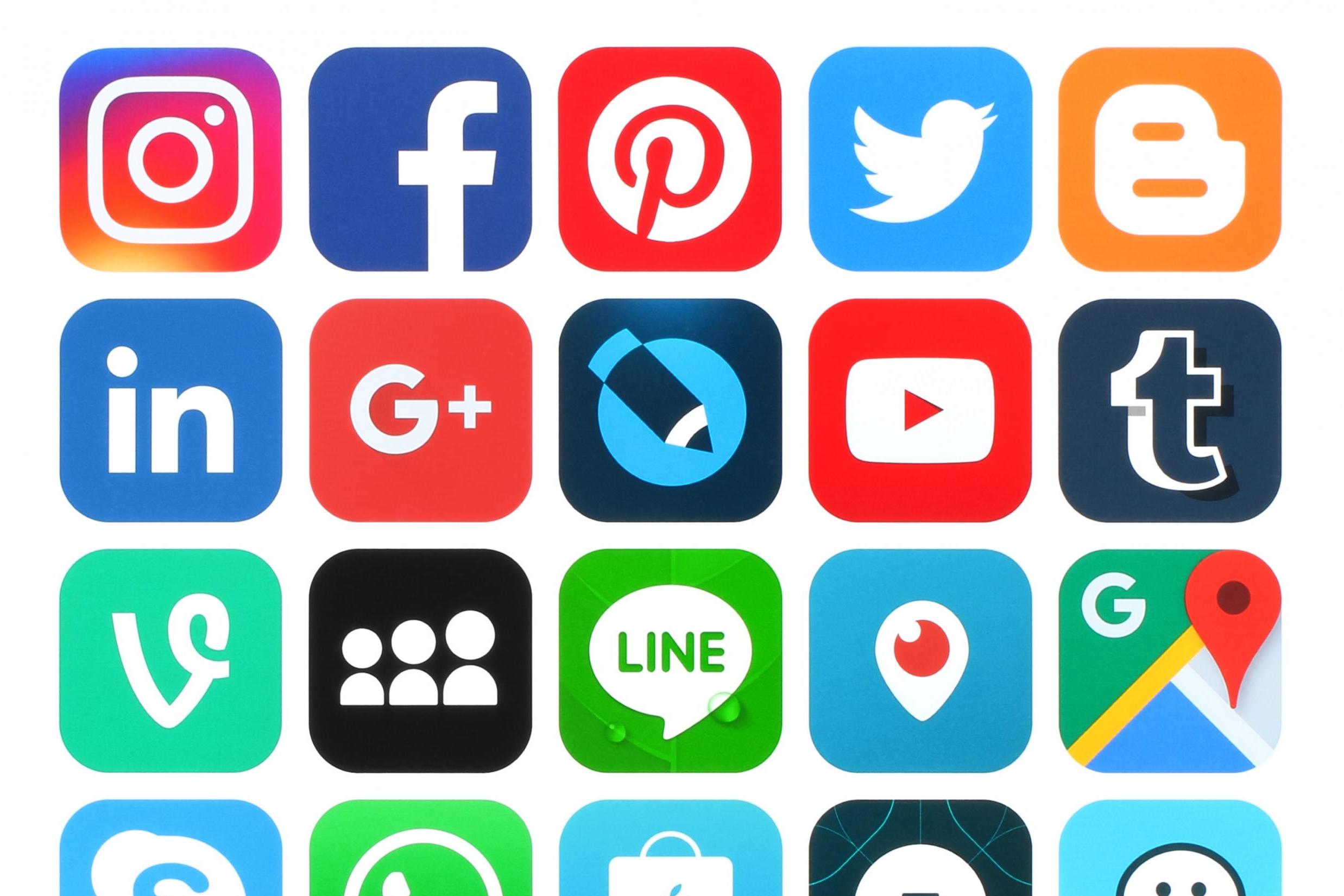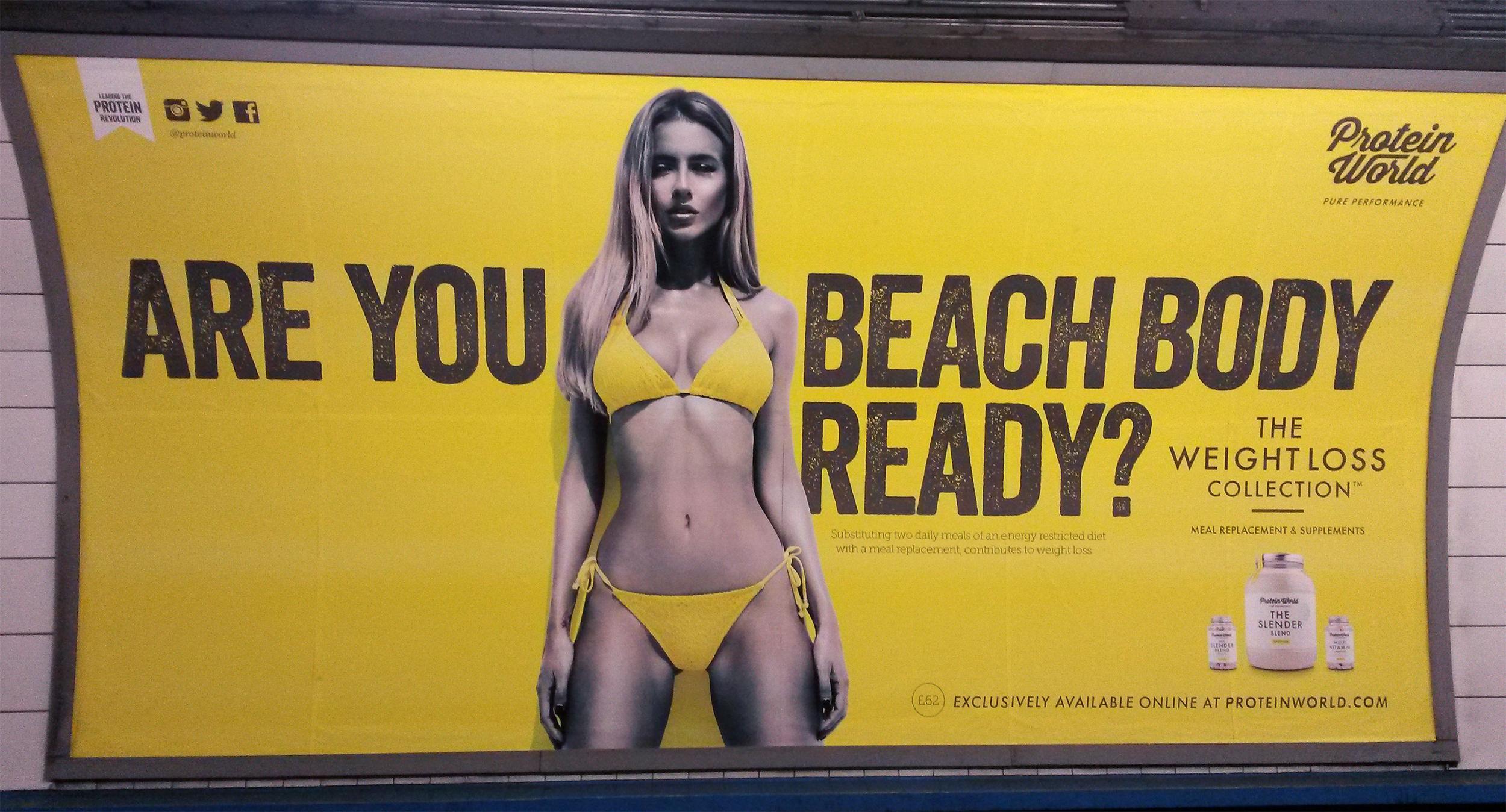Does the advertising industry feed off of female insecurities? Experts weigh in
How do you sell anti-ageing cream without making someone feel old?

Your support helps us to tell the story
From reproductive rights to climate change to Big Tech, The Independent is on the ground when the story is developing. Whether it's investigating the financials of Elon Musk's pro-Trump PAC or producing our latest documentary, 'The A Word', which shines a light on the American women fighting for reproductive rights, we know how important it is to parse out the facts from the messaging.
At such a critical moment in US history, we need reporters on the ground. Your donation allows us to keep sending journalists to speak to both sides of the story.
The Independent is trusted by Americans across the entire political spectrum. And unlike many other quality news outlets, we choose not to lock Americans out of our reporting and analysis with paywalls. We believe quality journalism should be available to everyone, paid for by those who can afford it.
Your support makes all the difference.It's one of the most sinister aspects of advertising; manipulating our deepest fears and insecurities to make us part with our cash - and it's about to get a lot worse.
From billboards to TV adverts, mainstream media is used to tap into our weak spots, with women in particular seen as easy targets for brands to part with their cash.
But while these forms of media are heavily regulated - and brands will soon be forced to comply with new rulings enforced by the ASA to combat sexism in advertising - there's a concern that the "Wild West" of social media will soon become a breeding ground for the type of unhealthy advertising which makes people, particularly young women, self-conscious about their bodies and lifestyle.
As social media hosted outside of the UK is difficult to monitor - the ASA's remit online is websites with .co.uk addresses - the line between what is advertising and what is authentic online is becoming increasingly blurry. This could have a devastating effect on young people's self-esteem.
Jaywant Singh, a professor of marketing at Kingston University, says stringent new rulings on broadcast and print advertising will do little to combat the problem because of the rise of ad channels like YouTube and Instagram which cannot be regulated in the UK.
Though social media "influencers" are urged to include indicative hashtags such as #spon or #ad in paid-for posts, the legalities remain somewhat ambiguous and, so as not to "spill the beans" to the followers whose intelligence they often underestimate, many have been known to omit them.
Some Instagrammers can earn up to £60,000 per post, it was revealed last year.
The photo-sharing platform introduced a feature earlier this year which allows users to tag a brand as a "partner" to indicate a promoted post, however, many "influencers" who already have long-established relationships with brands have been less than eager to exploit this, despite the blatancy of some non-indicated branded posts.
Singh explained that this is highly problematic for the ad industry.
“Anything goes,” he said. “Look at any of the top 10 Instagrammers – all you see is sexualised unattainable photo-shopped images of sultry pouting teenagers with heaving cleavages and bare bottoms; they are 'empowering women' but perhaps only to feel bad about themselves and buy more things.
“Just because Instagram is allegedly 'owned' by individuals, it does not mean it should be a regulation-free highway of commercial gain. Unless steps are made to regulate the new channels, it is only going to get worse,” he concluded.
Singh believes that a lot of ads today trigger something referred to in psychology as ‘compensatory consumption’, which he explains is a behaviour in which individuals try to overcome this threatened perception of self by acquiring the product being advertised to them.
“Creating and highlighting insecurities about the female body has, as a result, become central to many ad campaigns in the cosmetics and personal care industry,” he explained.
Dr Cui Su agrees. “Beauty ads invest prosaic items like soap or body lotion with the promise of a better life or a better self,” the advertising course leader at London College of Communication explained.
“For a woman with spots, ads for creams and lotions try to show her a better, likeable self, that a blemish-free version of her is possible. However, in order to ensure further purchases, this future is always deferred and never fully realised. So to sustain beauty industry going, anxiety is still an important part of the feel-good advertising mix,” she told The Independent.
Singh believes that a lot of ads today trigger something referred to in psychology as ‘compensatory consumption’, which he explains is a behaviour in which individuals try to overcome this threatened perception of self by acquiring the product being advertised to them.
“Creating and highlighting insecurities about the female body has, as a result, become central to many ad campaigns in the cosmetics and personal care industry,” he added.
One major beauty brand that is constantly coming under scrutiny for its methods of appealing to a wide-range of women is Dove, whose “real beauty” campaign, launched by Unilever in 2004, has become an integral part of their global marketing strategy and brand identity.
A recent way this was carried out was via different-shaped body wash bottles, designed to represent different female figures, which left shoppers more insulted than it did inspired, as outlined by Campaign.
The term “real beauty” is intrinsically troublesome, given its inherent implication that a woman can either be fake or real, depending on which beauty brand she uses.
“Dove’s suggestion is a more body-positive future perhaps, but not one that is fully feminist and free of body anxieties,” argues Su. “After over a decade, it seems like ‘Real Beauty’ has run its course among female consumers,” the advertising expert added.
Ultimately, advertisements are there to make us want things, right?
So perhaps the real question when it comes to the beauty industry is: is it possible to instil desire for a product without inadvertently suggesting that we need it and are therefore incomplete without it?
“I see this as a creative challenge,” argues Su, “with more creative effort, beauty or cosmetic brands can do better. See for example this Shiseido ad."

As for the widely criticised Protein World ads that used honed, Barbie-doll like women to promote fitness supplements (remember ‘beach body ready’?), the most recent campaign featuring Khloe Kardashian was passed after, despite receiving a flurry of complaints, experts decided that “she did not appear to be out of proportion or unhealthy and therefore the ad was not socially irresponsible,” a representative for the ASA told The Independent.
“Protein World knew exactly what it was doing,” claims Su, “they did it because of what it understood about its target audience: the fitness fans.”
Regardless of whether it was intentional or not, "are you beach body ready?" remains an intrinsic summer jingle which continues to be regurgitated by blind-sighted brands and careless copywriters who may or may not have been living under a rock during the summer of 2015.
Join our commenting forum
Join thought-provoking conversations, follow other Independent readers and see their replies
Comments